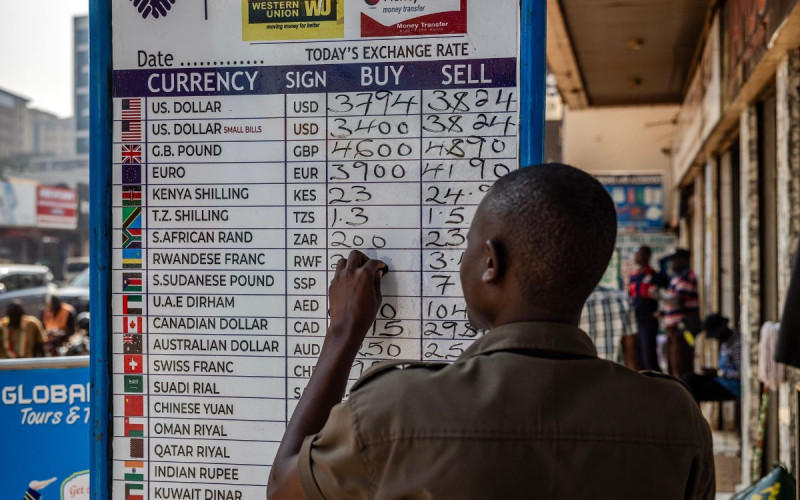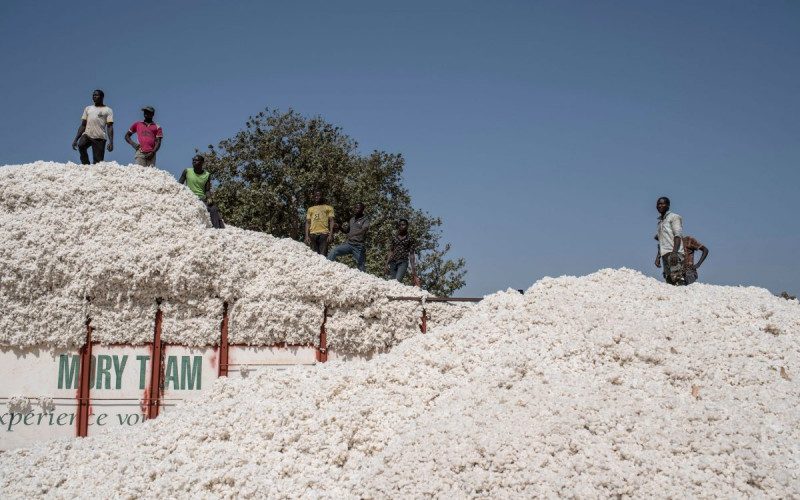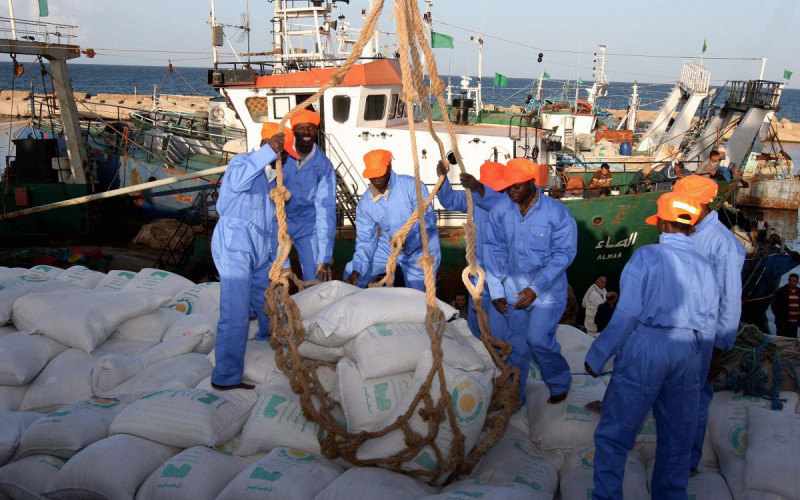It first sets the policy context, which has moved towards fostering partnerships between MDBs and states on environmental and social safeguards. It then highlights some of the reasons for the hesitancy on the part of MDBs, as well as implementation challenges that have arisen because of this shift. The paper examines specific case studies from South Africa and Ethiopia. South Africa has some of the most advanced environmental and social legislation worldwide, while Ethiopia is a rapidly growing economy where the government is prioritising mega-infrastructure projects (road, rail and electricity) as the path to economic development. Lastly, it unpacks some of the most pressing issues in improving MDB–state coordination, such as the increasing need for country specificity in environmental and social requirements, a bigger role for civil society and MDB accountability mechanisms in ensuring compliance with environmental and social policies and procedures, and renewed efforts towards meaningful capacity building. The paper concludes with policy recommendations for improved environmental and social safeguards for MDBs and recipient countries alike.







